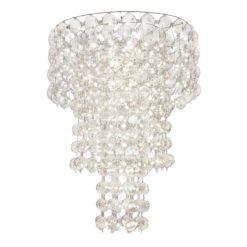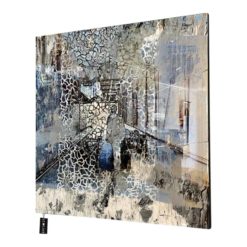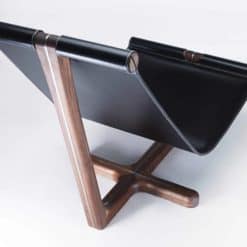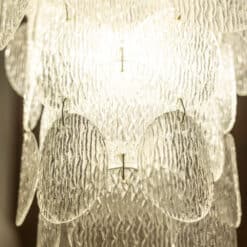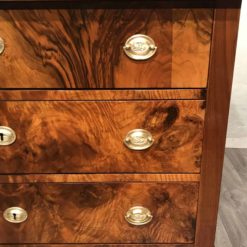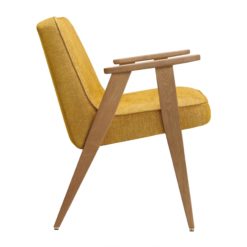Best Sellers
How-To & Inspiration, Styylish History
Interior Decorations History: Wallpapers over the years
Interior Decorations History: How Wallpapers have been used over the years
Wallpaper has gone in and out of fashion a number of times since it first came into being. Nevertheless, it plays an important role in the interior decorations history.
Nowadays, it’s gaining prominence once again on the home decorating radar. In fact, wallpaper is hot on the heels of antique furniture, a trend that is used more and more in contemporary homes. Given their multiple types and versatile designs, antique furniture and wallpapers not only rank high on compatibility. But they also prove to be a powerful duo for making a style statement in modern homes.
Since wallpaper is back in style, we feel you might want to learn about where and how it all began. Take a look at how people in the past used wallpapers as we go down this lane in interior decorations history.
The Origin of Wallpaper
Egyptians used an early form of paper known as ‘papyrus,’ in as early as around 4,000 B.C. However, wallpaper didn’t originate until thousands of years later.
In about 200 B.C., Chinese invented ‘rice paper,’ which they often glued to their walls for decorative purposes. Nonetheless, this was far from the wallpaper that we know today.
Fast forward to the 8th Century, when Arab traders learned the art of papermaking from the Chinese prisoners working under them. By the 10th Century, the Arabs started making paper from wood and bamboo paste. This led to finer sheets of paper of much higher quality than the linen fiber-based papers used so far.
Europeans Learn About Wallpaper
By the 12th Century, the knowledge of wallpaper making had spread throughout Europe and it soon became a recognized trade.
The royal families and other affluent Europeans often hired artists to paint long sheets of paper for their walls.
In 1481, King Louis XI of France ordered the production of removable wallpapers. He wanted portable wall deco items that he could carry along as he moved to a new castle.
However, it wasn’t until the late 17th Century that the ‘real’ wallpaper came into existence.
The Breakthrough

In 1675, a French engraver named Jean-Michel Papillon made the first repeating wallpaper design. He used blocks to create a pattern that matched on both sides.
It stood out among all alternative wallpapers due to the continuity of design from one sheet to the next.

Papillon is therefore, considered the actual inventor of wallpaper.
The earliest surviving fragment of European wallpaper is a piece of ‘flocked wallpaper’. It comes from Worcester, and dates back to approximately 1680.
Flocked wallpapers were first created in around 1620. Flock is a waste product of the woolen cloth industry. These wallpapers imitate expensive cut-velvet hangings. The technique involves dusting flock on a glued/ varnished design to create a slightly raised velvet-like texture.
This type of wallpaper is well known in the interior decorations history. This is because it shows how textile designs influenced wallpaper.
17th and 18th Century Designs
The late 17th and early 18th century also saw some major improvements in the wallpaper industry.
This was primarily due to the invention of the first wallpaper printing machine. A French industrialist, Christophe-Philippe Oberkampf, created it in 1785.
Later, a German inventor, Alois Senefelder, introduced lithography, which further contributed to the development of wallpaper.
Neoclassicism
As you may know already, Neoclassicism prevailed over France during the 18th Century. The furniture items in this epoch featured somewhat rigidly symmetrical designs albeit with a light and graceful construction. Designers applied straight lines and rectilinear forms to chairs, tables, desks, and sofas alike.
To match their eccentricity, designers produced opulent wallpapers. These were richly colored and with their dark and imposing designs, had quite a strong visual appeal.
Egyptian motifs gradually merged with Roman styles. Historians call this Empire Style – after the First Empire of France (1804 -1814). The British, however, identify this as Regency.
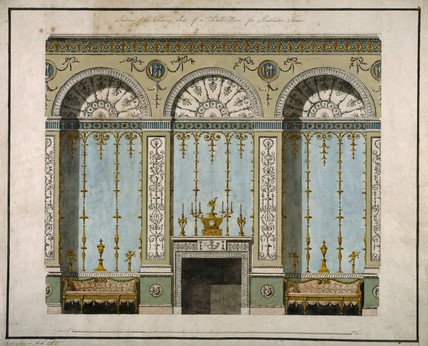
Biedermeier and Regency Style
While Empire Style was popular in France, Biedermeier style dominated German lands.
Compared to the highly ornamented Empire Style decorations, Biedermeier designers embraced a more natural and relaxed look. Where gold-accent marked Empire Style furniture, Biedermeier leaned towards commonality.

Still, the solid bulk of this furniture variety boasted magnificence all on its own. Thick curtains, padded upholstery, draperies, and the likes further accentuated the style.
This blended well with the Chinese wallpapers that were heavily in use during the time. Intricately drawn pictures of colorful birds, flowers, and leaves were the most popular wallpaper prints in this period.
Given how impressive they looked, many of these styles came to dominate houses in Victorian England too.
Wallpapers bearing scenic landscapes provided a stunning backdrop to lacquered and bamboo furniture.
In many ways, it was during the Regency Era that wallpapers became commonplace in middle-class houses.

The Late 19th Century
Interior design in the late 19th Century was characteristic of what was considered ‘antique furniture’ back then.
The designs of Hepplewhite, Chippendale, and Sheraton which were originally introduced in the 18th Century, were reproduced.
The Art Nouveau, or Modern Style as the French call it, rose to popularity. Its eccentric furniture items looked stunning against wallpapers that despite being lightly colored, were striking, nonetheless.
Block printing was the common technique for manufacturing decorative sheets for the walls. They featured classical motifs, often with overtones of Japanese art. One would often see lilies and other florals in these wallpaper designs.

Final Words
From the early rice paper décor to modern decorative sheets that are washable, removeable, reusable, and much more durable. Wallpaper sure has come a long way and plays a major role in the interior decorations history.
In fact, it’s no longer just wallpaper. In addition to paper, these printed rolls are now also made from vinyl and other synthetic materials. Thus, designers say the right word is wall ‘coverings.’
If you are looking for quick and easy ways to give your home a stunning makeover, look no further than wallpapers. And to take your interiors to the next level, consider adding a piece of two of antique furniture too.
Styylish brings you a range of authentic yet affordable old-world furnishings that can give your place a sense of style.
Browse our full collection now to shop for antiques online.



